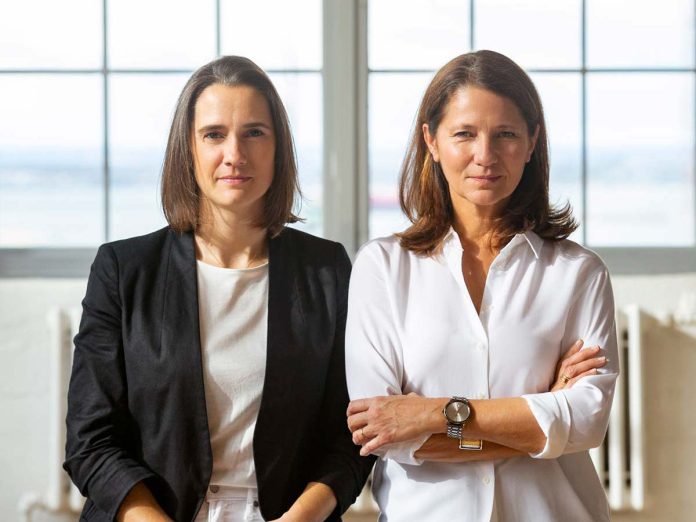Selected by Emerald Group to rethink ICFF (International Contemporary Furniture Fair), one of the most important contemporary design events in the United States, Odile Hainaut and Claire Pijoulat – founders of the parallel initiative WantedDesign – have created a “double” edition that groups both projects under the same roof, that of the Javits Center in New York. An idea that has met with remarkable success.
With American exhibitors and international companies, new talents and young exponents from over 35 countries, installations, conferences and talks with outstanding protagonists of design culture, ICFF and WantedDesign Manhattan have unveiled a new format with a strong focus on the quality of products, hospitality, networking and environmental sustainability.
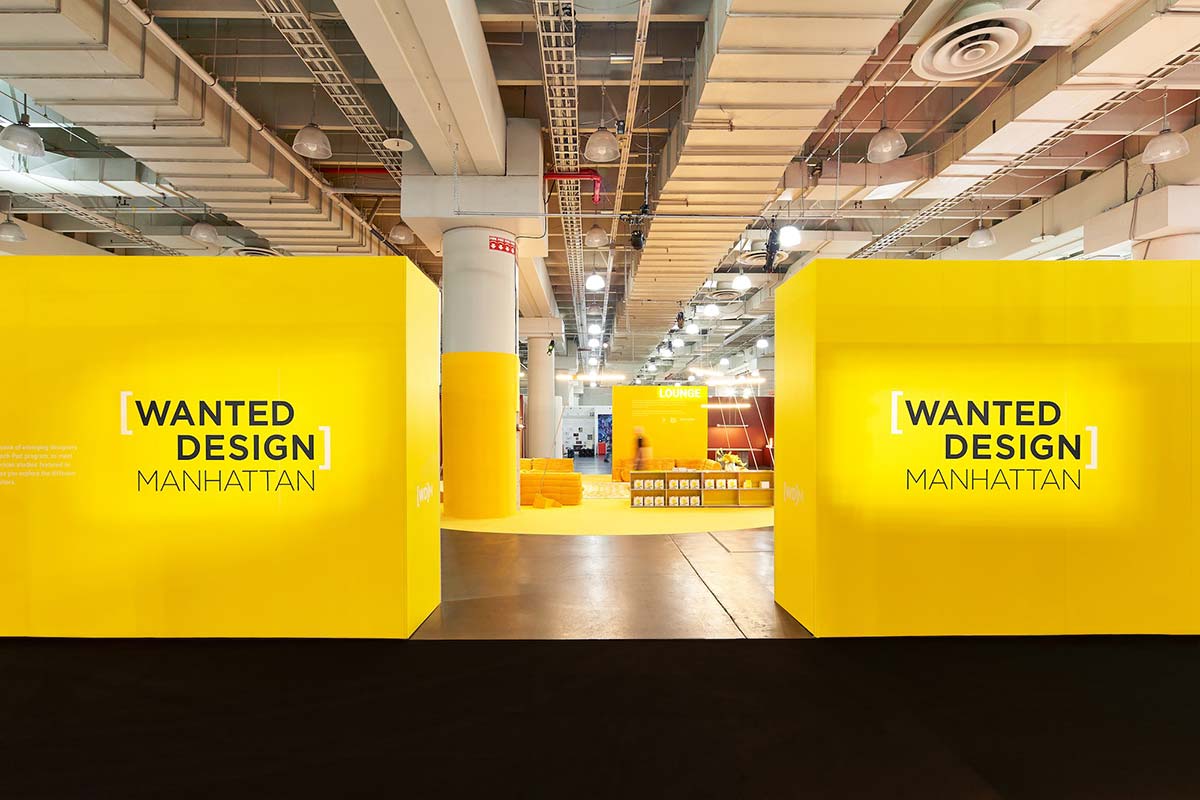
In your first experience as brand directors of ICFF in 2023, what are the biggest changes you have implemented inside the Javits Center?
When we accepted the offer to act as brand directors, our first idea was to put design back at center stage, developing various criteria that include the visitor experience and the careful selection of brands. We had only six months, and we began by reorganizing the exhibition layout, concentrating on different themes for the various areas and creating an appealing balance between international pavilions and the American companies taking part in the fair. There is still a lot to be done in this direction, enabling people to fully understand the value of being on hand in Manhattan.
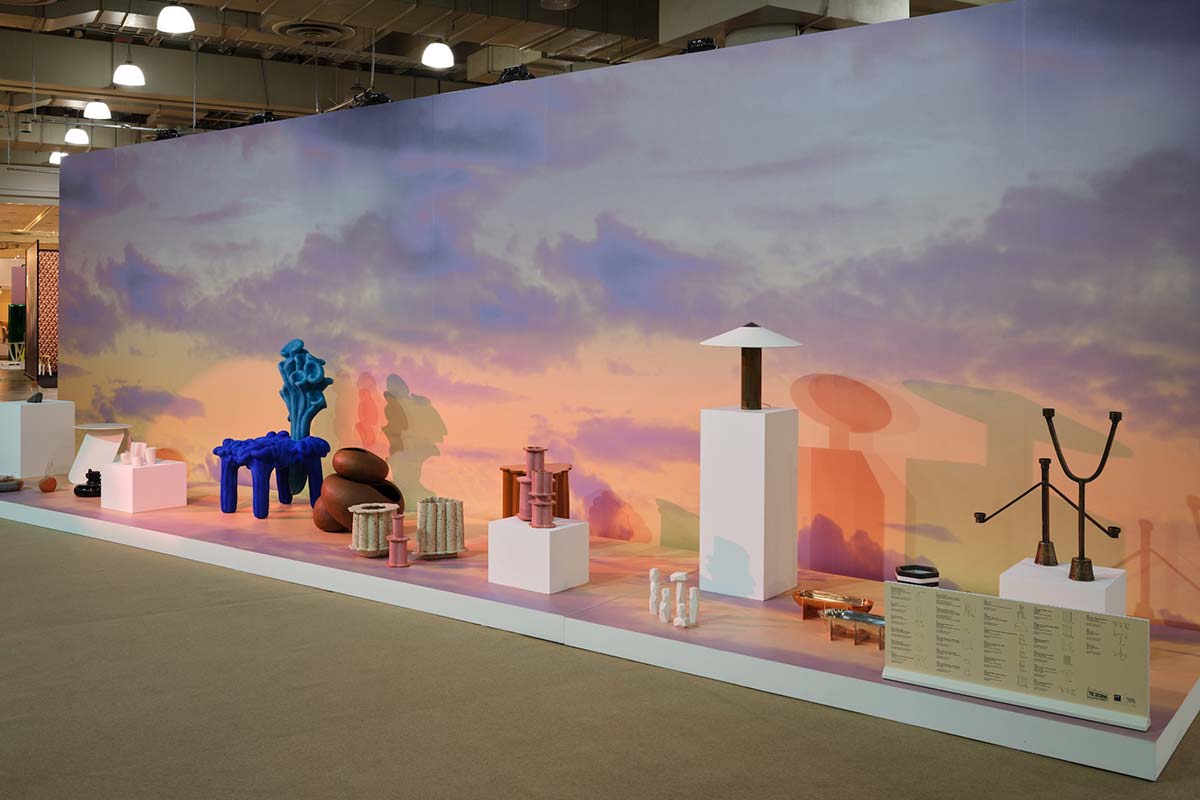
Inside the fair you have created different areas to welcome guests. What was the vision behind the project?
In the set-up of the show we asked ourselves various questions: how should we welcome visitors? How can we enable them to rediscover the beauty of the Javits Center? Thanks to collaboration with leading companies in the sector, long-term partners and new entries, we wanted to create areas specifically for guests, some of which are like true salons. This is how we developed our idea of what the fair should be: not just a surprising stage for brands, but also as a place open to hospitality.
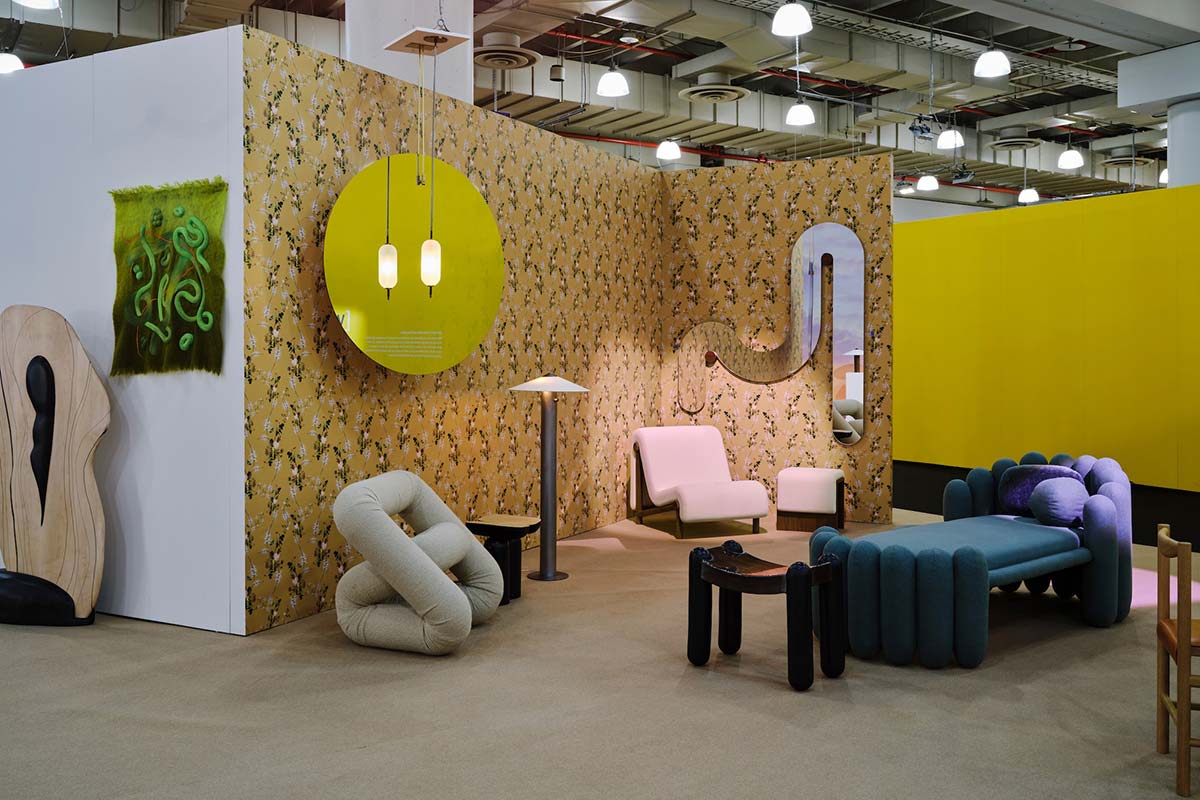
One important issue you have addressed is the matter of environmental sustainability. How did you approach this?
Claire: We thought about how to make the organization more sustainable, with the aim of reproportioning waste. We had the carpeting removed, and we reduced the quantity of refuse produced in the fair by 85%, with the idea of reformulating the way these big events are organized. The new format is definitely more conscious and careful about respecting the environment.
Odile: We have always had this orientation, since the days of WantedDesign Manhattan at the Terminal Building in Chelsea, when we urged exhibitors to activate plans to prevent waste and to optimize disposal of materials after the show. To reduce the quantity of refuse it is necessary to apply a certain awareness in the construction of the installations. At the Javits Center, we have addressed the theme of water by installing fountains, avoiding unnecessary use of plastic bottles. We will be implementing these measures in the upcoming editions, to formulate – as Claire emphasized – a new way of organizing big fair events. With a spirit of responsibility.
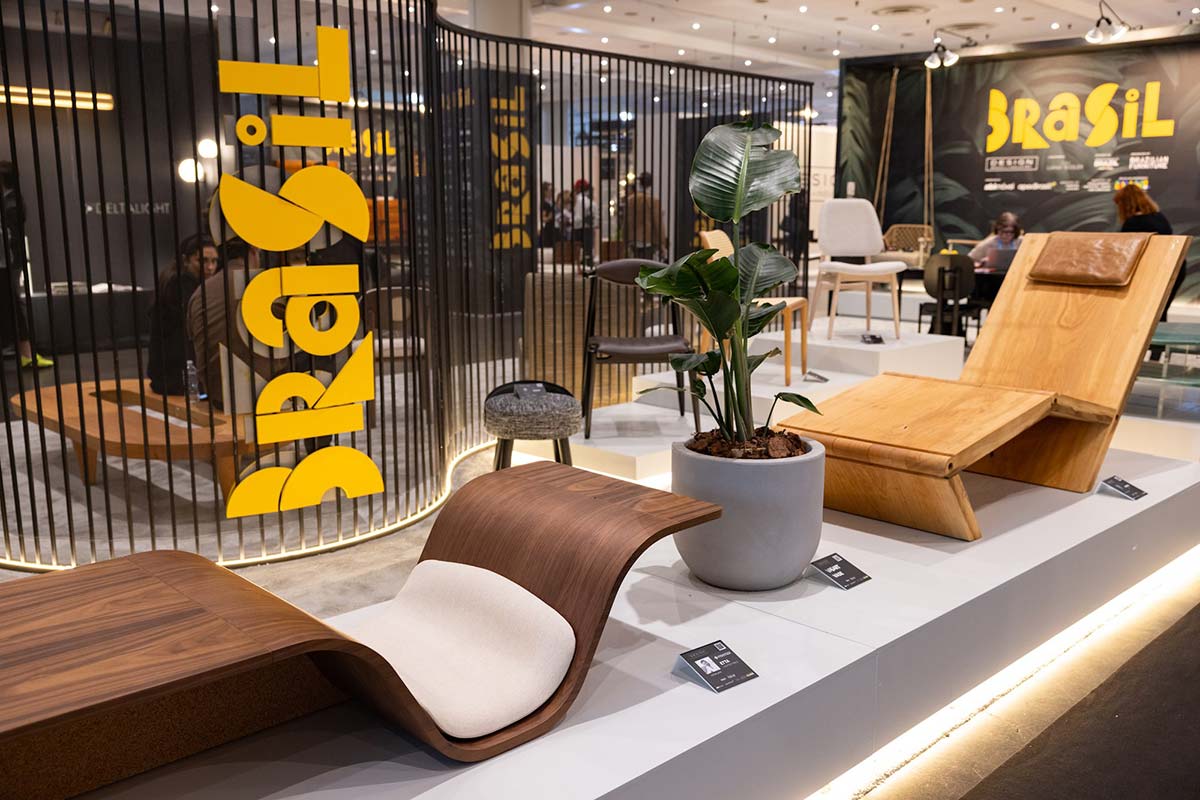
Sustainable design has also been addressed by many exhibitions, as in the case of the Eco Solidarity stand. How will you make more room for these urgent developments?
Eco Solidarity is one of the projects that perfectly reflects our philosophy. For us it is not just a theme: it is what everyone should be doing! The sustainable focus inside ICFF concentrates on the selection of the companies: some brands are definitely doing more than others, but our choice will become part of a wider concept. It is not just about displaying responsible products, but also about narrating how we can design, produce, distribute and consume in a more responsible way. We hope we can contribute to this evolution: we cannot ignore it. In the programming of the talks, for example, we have set aside lots of space for the social impact of design, inclusion, diversity, and we will continue to tackle these issues with greater force.

How can a fair like ICFF become the most important American platform of contemporary design?
We would like to create a fair that is unique in North America, capable of bringing design culture and business together, unlike any of the European fairs. A show that reflects the United States. Companies exhibit, participate or collaborate with us because their objective is to be known and to grow on the North American market, and in turn we want to help international brands to understand this market in all its facets. This is part of what we are doing, and it fits into our vision of developing a platform that during the course of the year – not just in the month of May – will nurture design through talks, events, conferences, in New York and in other strategic cities.
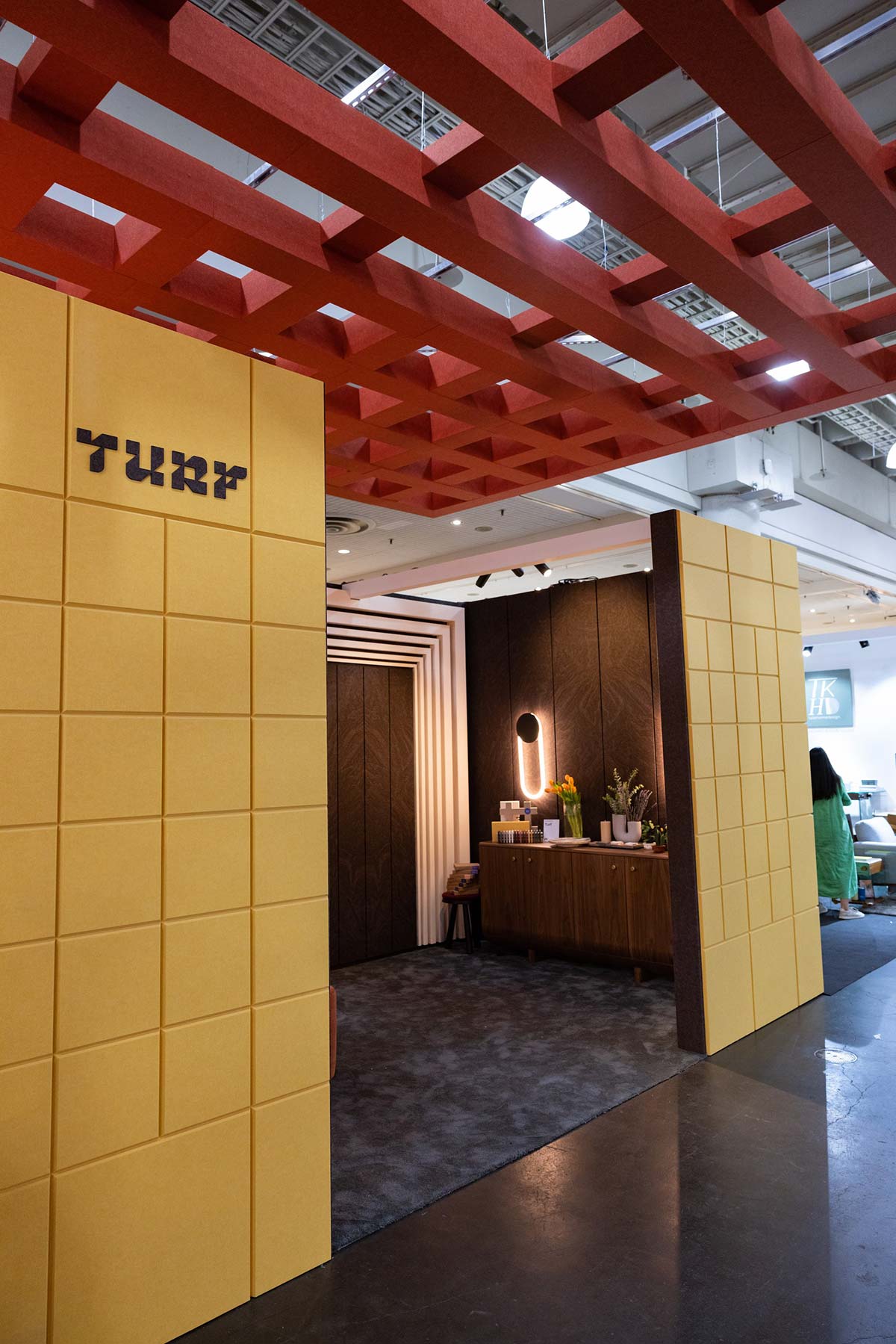
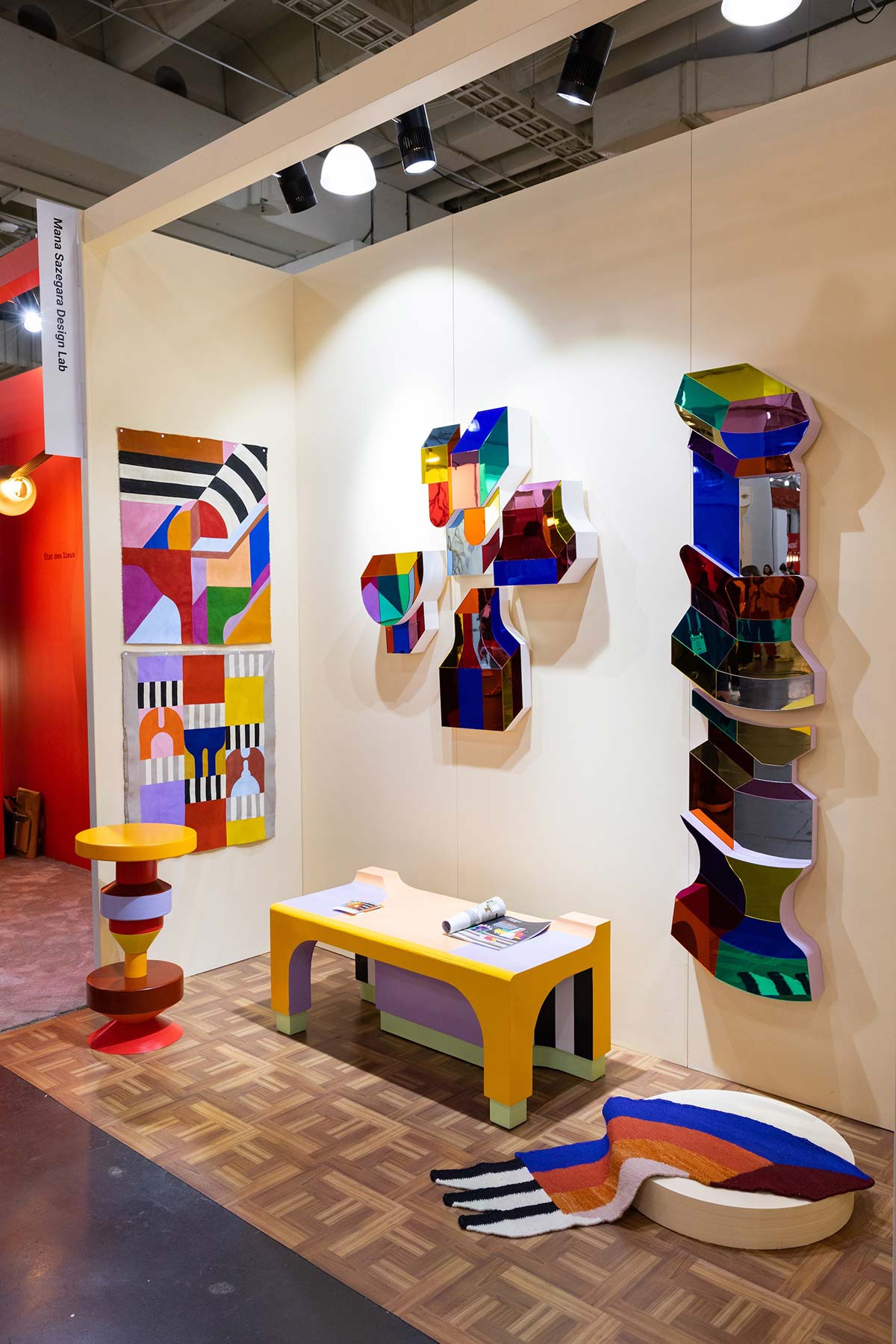
What are the results you have achieved at this edition of ICFF and WantedDesign?
This year the participants at the fair increased by 37%, an impressive figure. ICFF was at the center of the design week in New York. The fair has returned to being the fulcrum, the main destination, not to be missed. It was interesting to notice that the studios based in New York have understood the value of being part of the show at the Javits. We think there is greater awareness of what is required to construct their careers and to make their businesses grow. The New York design community has been a very active presence, but I think there should be more forceful communication with the general public, regarding what happens during the month of May, involving the whole city.
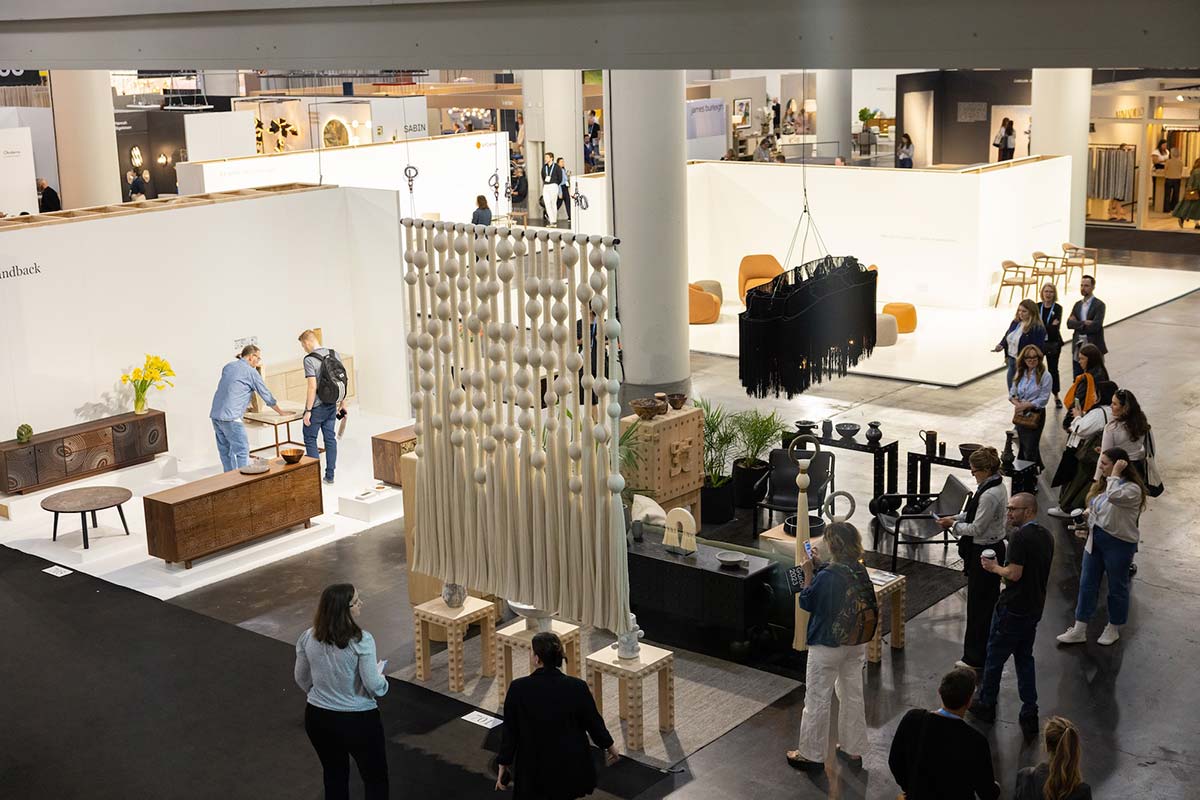
How do you imagine the evolution of ICFF in the near future?
Odile: We want to continue to make it an increasingly curated design fair, with a good balance between international companies that want to develop on the US market and American brands. The fair in New York will keep on growing, but slowly: it is not a question of size, but of quality. We want to continue to be pioneers for the presentation of companies, becoming a place for the conversation around design and experimentation with new ideas and innovative research. ICFF has all the potential to become a fair that combines culture, commerce and business.
Claire: Because New York is so different from any other place, the city’s design week should also be something in its own right. We have never wanted to duplicate anything: therefore we want to create a unique experience. In the coming years we want the fair to be the event in New York not to be missed for business development. We are also formulating a platform for companies and designers, encouraging them – as always – to meet and collaborate, also through our focus on future design talent.
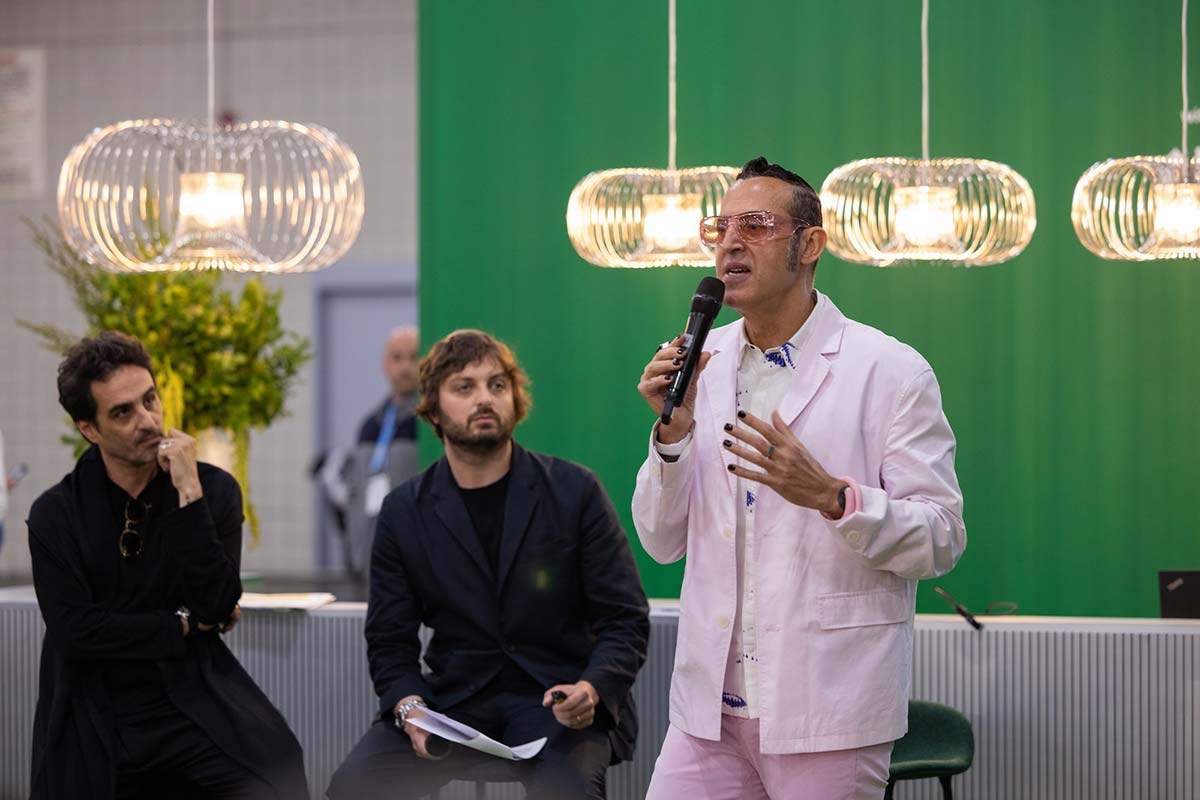
Do you already have some ideas for ICFF 2024?
We are working on the layout. The exhibiting companies have been enthusiastic regarding the results and want to return, which is an incredible reward for our efforts. Look Book, Launch Pad and International Schools Showcase will return at WantedDesign Manhattan. Regarding ICFF, we are reorganizing the plan with particular focus on the visitors’ design experience. There will be a greater presence of international brands, but also of North American firms, which will always be at the center of ICFF. We believe it is essential to keep the design show on a human scale: we don’t want to transform it into something overwhelming, but to concentrate on quality and dialogue between new talents and professionals. We would also like each zone of the fair to be surprising, designing more spaces and areas for conversation. A fluid, engaging pathway that fills visitors with the excitement of design culture.
Photo © Jenna Bascom Photography, Alice Gao, Studio Caribe

